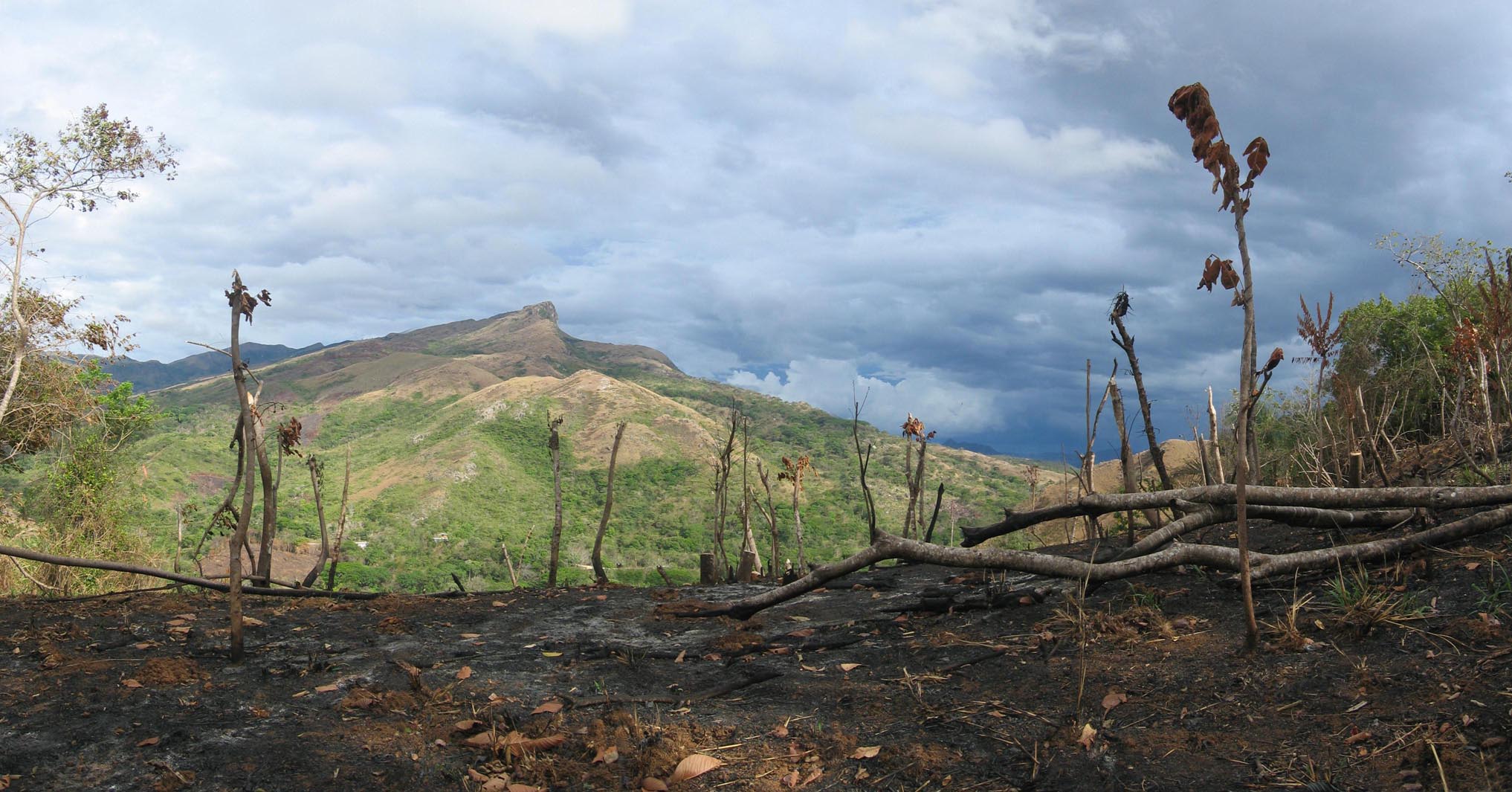Anthropogenic fire,
... or human manipulated, created and managed fire, has been used for thousands of years. That hasn't
stopped people from fearing fire, however. From fear (and colonialism), grew the many preventative and suppressive measures people take today at limiting fire across vast landscapes around the globe. Many Californians can attest to the voracious fires experienced in the drier ecosystems across the state. The abundant
seasonal smoke traveling from one city to the next, smothering the beautiful outdoors, blocking out the sun in a hazy orange glow makes one wonder how people before today dealt with such abhorrent conditions. How did California Indians deal with such hazards with no particulate-filtering masks and helicopters to drop thousands of gallons of water from the skies above? Well, they didn't need these technologies. They had developed proactive burning practices. Meaning, smaller, more frequent burns lessened overall smoke and fire hazards while cultivating the diverse, bountiful landscapes we see across California today.
What many Californians, me being one of them, didn't learn growing up here, is that fire was not always the vilified monster we know today. At least, it wasn't to many indigenous peoples around the world including California Indians. For thousands of years before colonialism trampled about what we know as California today, indigenous peoples here used fire as a tool. It was really no different than many other landscape management tools, such as gathering dry wood for construction and campfires - which reduced fuel loads in forests, trimming and promoting the growth of preferable plant species in a given locale - which also reduced fuel loads while increasing productivity, dumping waste products in particular spots - which created the shellmounds which used to be abundant along the coast. Each of these and so many others were ways in which indigenous Californians managed their landscapes as stewards. They modified their backyards so to speak, but on a multigenerational scale. This created and maintained much what we still observe and appreciate about beautiful California today.
Fire, simply put, was yet another tool in their toolshed. They used it to burn away unwanted overgrowth, deter pests, promote heterogeneity - or combination landscapes of grasslands, scrubs and forest, for example, and a multitude of other reasons. By burning certain bushes and grasses, the plants regrow long straight shoots which are perfect - and necessary - for traditional basketmaking. Burned lands open up spaces between woodland areas making room for more hares, deer and other beautiful and huntable species (sorry vegetarians and vegans!).
Anthropogenic fire is an important tool we as a species have used for thousands of years. We've used it to open up landscapes, create agricultural space for farming, hunt prey, promote preferential plant grow and the list goes on and on.
So, why are we so afraid? A little fire every now and then is a good thing.
References
Bowman, D. M., Balch, J., et al. (2011). The human dimension of fire regimes on Earth. Journal of
Biogeography, 38(12), 2223-2236. https://doi.org/10.1111/j.1365-2699.2011.02595.x
Lake, F. K., & Christianson, A. C. (2019) Indigenous Fire Stewardship. In: Manzello S. (eds)
Encyclopedia of Wildfires and Wildland-Urban Interface (WUI) Fires. Springer,
Cham. https://doi.org/10.1007/978-3-319-51727-8_225-1
Lightfoot, K. G., Cuthrell, R. Q., et al. (2013). Anthropogenic Burning on the Central California
Coast in Late Holocene and Early Historical Times: Findings, Implications, and Future
Directions. California Archaeology, 5(2), 371–390. https://doi.org/10.1179/1947461X13Z.00000000020
Lightfoot, K. G., Parrish, 0., & Panich, L. M. (2009). California Indians and their environment: An
introduction. Berkeley: University of California Press.





Comments
Post a Comment